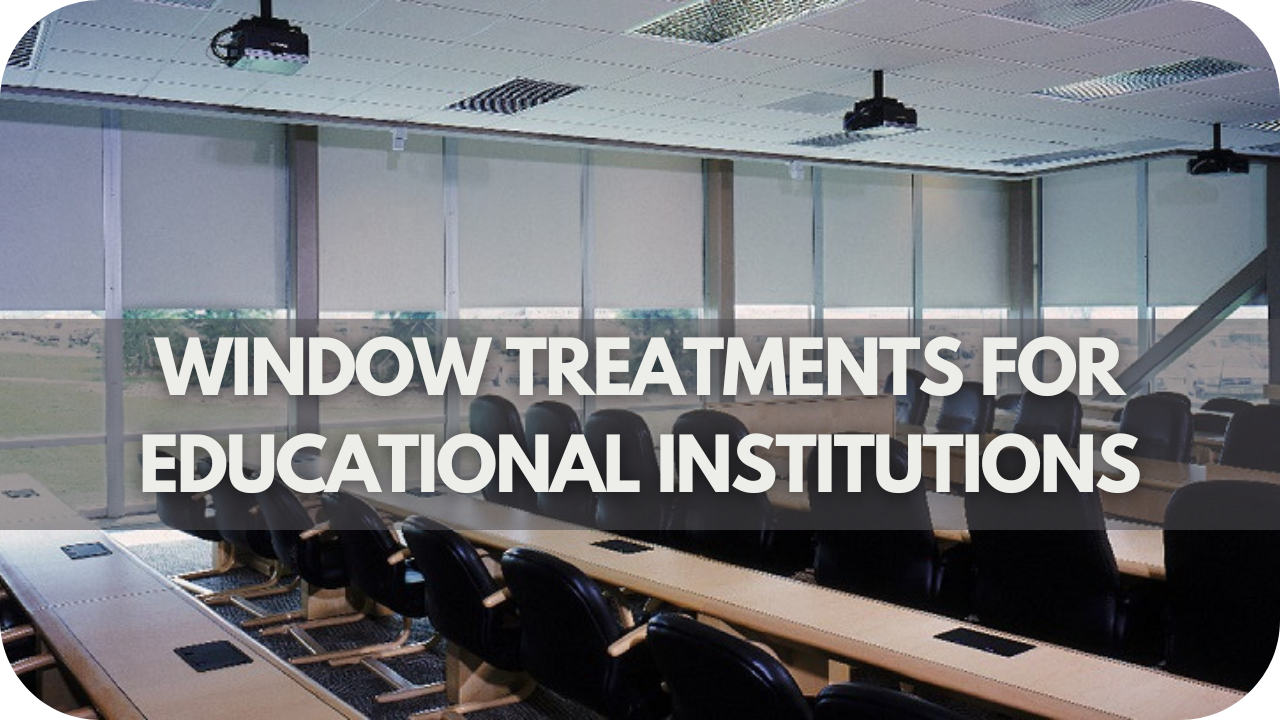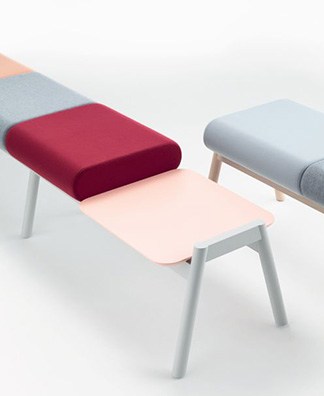Many educational institutions need help to create an optimal learning environment due to poor light control and temperature regulation.
Excessive glare, uncomfortable temperatures, and noise distractions can negatively impact students’ focus and overall performance, making it harder for teachers to maintain a practical classroom setting.
By choosing the right window treatments, schools can manage natural light, improve energy efficiency, and reduce distractions, ultimately creating a more productive and comfortable learning environment.
Key Considerations for Educational Window Treatments
The right window treatments can transform any educational space, but what should schools prioritise when choosing?
Here are the key considerations:
- Durability: Materials must withstand daily use in high-traffic areas. Aluminium and durable fabrics are ideal for long-term wear.
- Light Control: Excessive sunlight can cause glare and distraction. Adjustable blinds like roller or vertical blinds offer flexible light control.
- Safety: Child-safe options are essential in schools. Cordless blinds or blinds with safety mechanisms prevent accidents.
- Energy Efficiency: Thermal blinds help regulate temperatures, reducing reliance on heating or air conditioning. Improves comfort while lowering energy costs.
- Noise Reduction: Acoustic blinds or thicker fabrics can help reduce external noise, promoting a quieter, more focused learning environment.
- Aesthetics: The appearance of window treatments should complement the educational setting, enhancing the overall design without being overly distracting.
- Easy Maintenance: In busy educational environments, blinds that are easy to clean and maintain, such as wipeable fabrics or materials, help keep the space looking fresh with minimal effort.
Best Window Treatment Options for Educational Settings
When selecting window treatments for educational settings, focusing on options that balance practicality, durability, and the ability to enhance the learning environment is essential.
The right window treatments can significantly improve light control, reduce distractions, and increase energy efficiency.
Below are some of the best window treatment options designed to meet the unique demands of schools and other educational institutions.
1. Roller Blinds
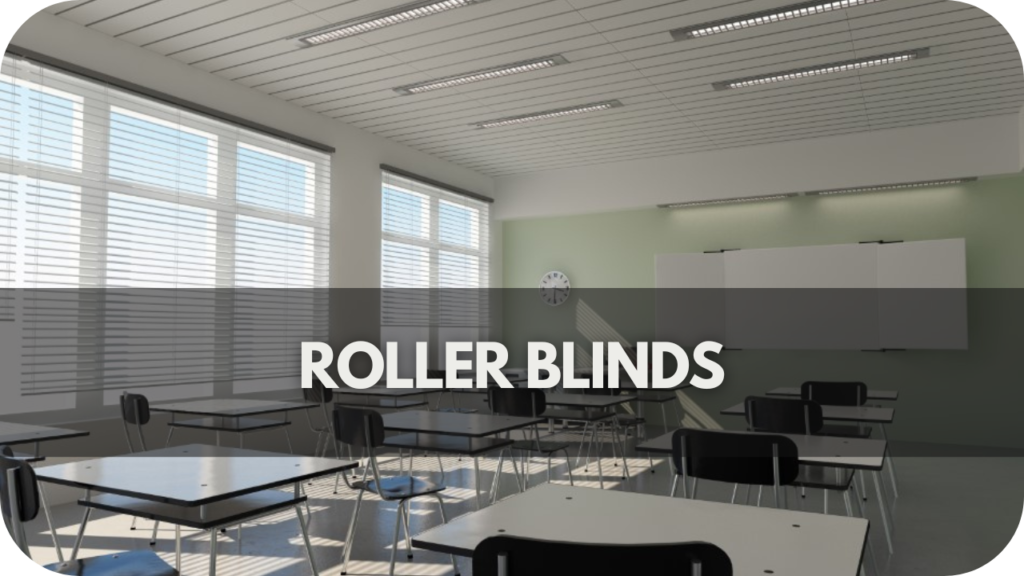
Roller blinds are a popular and practical choice for educational settings. Their simple design allows for easy operation, letting teachers quickly adjust the amount of natural light to suit classroom needs.
Roller blinds offer great flexibility, whether reducing glare on screens or brightening the room for reading. They are also low-maintenance, requiring occasional cleaning, which is ideal for high-traffic environments.
2. Blackout Blinds
Blackout blinds are essential in areas where total light control is needed, such as media rooms, science labs, or spaces used for presentations.
These blinds block out external light entirely, creating an ideal setting for viewing screens and projectors without distractions from glare or reflections. Blackout blinds also help reduce external noise, adding another focus layer for students.
Their functionality is handy for spaces needing darkened conditions and minimal distractions.
3. Vertical Blinds
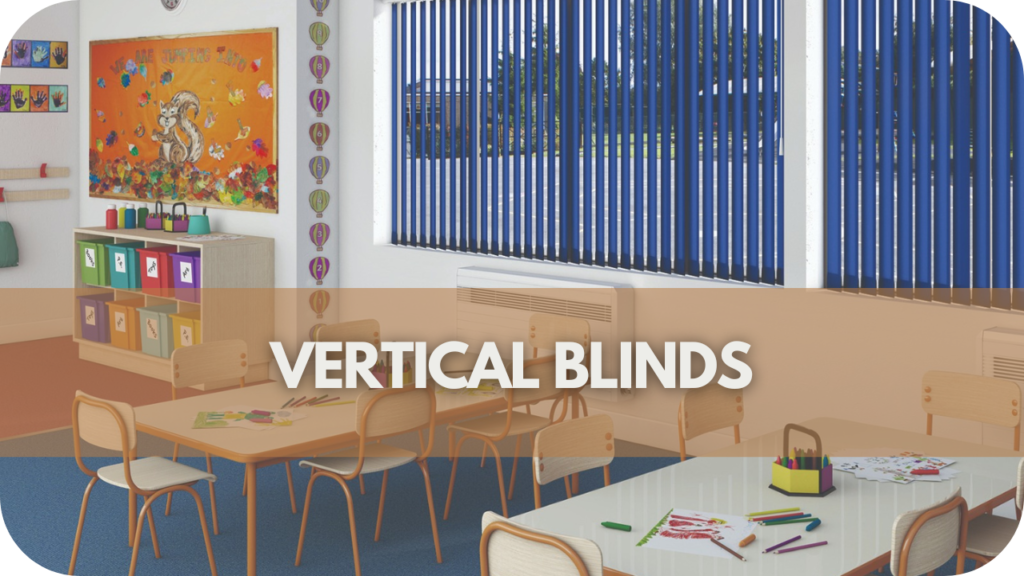
Vertical blinds are particularly well-suited for large windows or glass doors in schools. They offer precise control over light and privacy, allowing staff to adjust them according to the time of day or the activity in the room.
Vertical blinds are durable and can withstand frequent use, making them perfect for classrooms or administrative areas that require a balance between natural light and controlled visibility.
Their ease of adjustment and robust construction ensure long-term performance in demanding environments.
4. Venetian Blinds
Venetian blinds are an excellent choice for classrooms and offices within educational institutions. Their horizontal slats allow for precise control over light and airflow, enabling teachers and staff to adjust them quickly based on the room’s needs.
Venetian blinds are available in various materials, such as aluminium, wood, or PVC, offering a range of aesthetic and practical options. They are highly durable and easy to clean, making them a low-maintenance solution ideal for busy school environments.
5. Honeycomb Blinds
Honeycomb or cellular blinds are perfect for improving school energy efficiency. Their unique structure traps air within their cells, acting as an insulator to regulate room temperature.
This makes them ideal for classrooms where comfort is essential, regardless of weather conditions. Honeycomb blinds also offer effective light control and noise reduction, helping to create a calm and focused learning environment.
Their energy-saving properties make them a sustainable and cost-effective option for educational institutions.
Specialised Window Treatments for Different Educational Areas
Different areas within educational institutions require specialised window treatments to maximise functionality and comfort. Tailoring window treatments to each space can significantly enhance the learning environment and improve overall efficiency.
Below are some key options for different educational areas.
1. Classrooms and Lecture Halls
Roller or Venetian blinds are perfect for classrooms and lecture halls because they offer flexible light control. These blinds allow educators to adjust lighting for various activities, such as reading, screen use, or presentations.
Managing light levels helps create an optimal learning environment, preventing glare on screens and reducing distractions. In addition, materials like aluminium or PVC can withstand daily wear and tear, ensuring long-lasting durability.
Roller blinds are easy to clean and maintain, making them ideal for busy educational settings that require low-maintenance solutions.
2. Libraries and Study Rooms
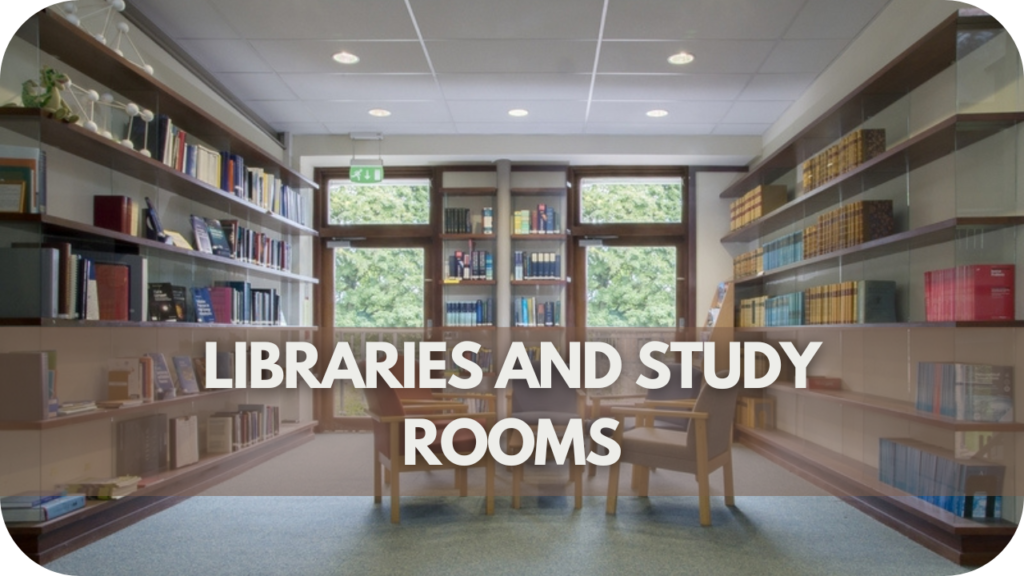
Light-filtering blinds are highly effective in areas where concentration is key, like libraries and study rooms. These treatments provide soft, natural light while reducing glare, which is essential for prolonged study sessions.
Honeycomb blinds, in particular, not only control light but also add a layer of insulation, helping to maintain a consistent temperature for comfort. The noise-reducing properties of honeycomb blinds or thicker fabric blinds can further enhance the quiet atmosphere needed for focused work.
This creates an environment where students can concentrate without interruptions from outside noise or harsh lighting.
3. Cafeterias and Assembly Halls
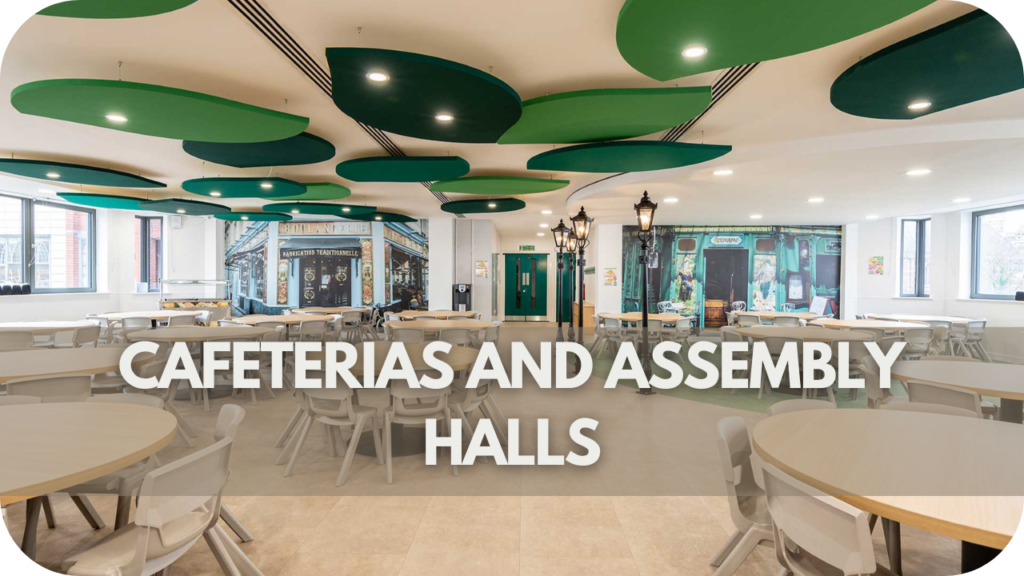
Vertical blinds are ideal for large communal spaces like cafeterias and assembly halls. They cover vast window expanses and allow for easy light adjustment, balancing privacy and natural light.
Vertical blinds are also durable and can withstand frequent use, making them perfect for high-traffic areas. When slightly opened, they can improve ventilation, allowing fresh air to flow while maintaining privacy.
Their sleek, modern design also maintains the room’s aesthetic, contributing to a pleasant atmosphere for social and school-wide gatherings.
Maintenance and Cleaning
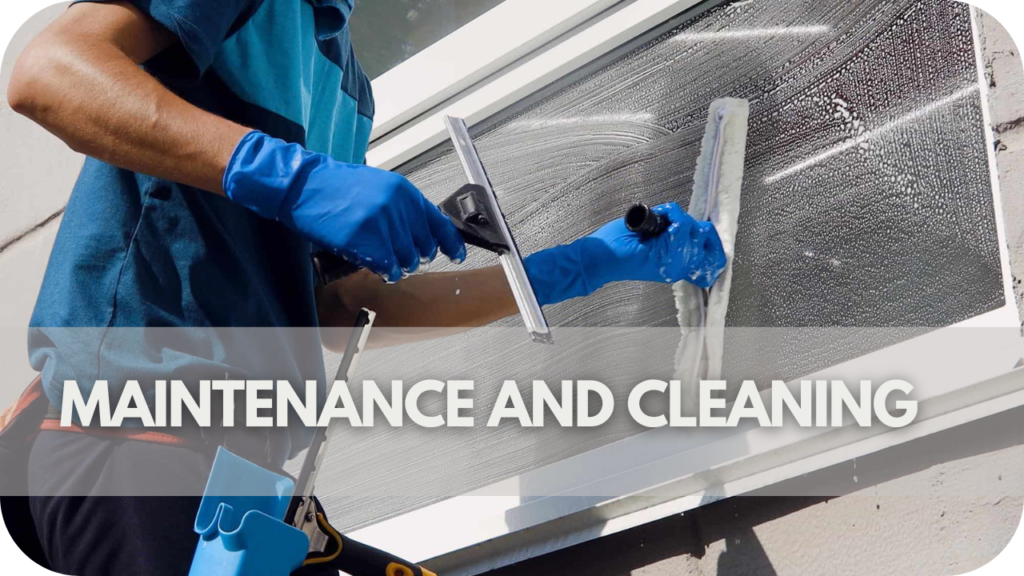
Proper maintenance and cleaning of window treatments in educational institutions are essential for ensuring longevity and maintaining a hygienic environment. Schools often face high foot traffic and constant use, leading to dust, dirt, and wear accumulating on blinds and shades.
For roller and vertical blinds, regular dusting with a soft cloth or vacuuming with a brush attachment can help prevent the build-up of dust and allergens. Stains or marks can be spot-cleaned using a mild detergent and a damp cloth.
Aluminium and PVC blinds are effortless to maintain, as they can be wiped down with a cloth. This makes them ideal for high-use areas like classrooms.
Fabric blinds, such as honeycomb or light-filtering blinds, require more delicate care. For these, following the manufacturer’s cleaning instructions is recommended, as some may be machine washable, while others need professional cleaning to avoid damage.
Regular inspections of the cords and mechanisms are also advised to ensure blinds remain functional and in good condition. By maintaining a consistent cleaning schedule, schools can extend the life of their window treatments and ensure they continue contributing to a clean, functional, and comfortable learning environment.
Conclusion
In conclusion, choosing the right window treatments can significantly improve the learning environment by enhancing light control, comfort, and safety.
To create the ideal educational space, contact us today for expert advice on tailored window solutions that meet your school’s unique needs and ensure a productive, comfortable setting for students and staff.

